Financial Reporting is a common practice in accounting where the financial statements of the company are disclosed to present its financial information and performance over a particular period. It is important to know where a company’s money comes from and where it goes. Types of Financial StatementRead more
Financial Reporting is a common practice in accounting where the financial statements of the company are disclosed to present its financial information and performance over a particular period. It is important to know where a company’s money comes from and where it goes.
Types of Financial Statements
There are 4 important types of financial statements such as:
- Income Statement: This statement summarises a company’s revenue, expenses and profits. It is prepared to calculate the net profit of the company.
- Balance Sheet: It portrays the company’s assets and liabilities in a statement. This is used to understand the financial position of the company.
- Statement of Retained Earnings: This statement reveals a company’s changes in equity during an accounting period.
- Cash Flow Statement: It shows the amount of cash flowing in and out of the business. It is helpful in understanding the liquidity position of the business.
Importance of Financial Reporting
- Understanding these financial statements is helpful in making financial decisions. One can identify certain trends and hurdles while analyzing financial statements.
- It helps the top order management to keep a check on its outstanding debt and how to manage them effectively.
- Financial reports are also required to be prepared by law for tax purposes. Therefore these statements have to be prepared to calculate taxable income. It also ensures that the companies are compliant with the required laws and regulations.
- True and accurate financial reporting is also important for potential investors who need to understand the financial performance and position to come to a decision.
See less

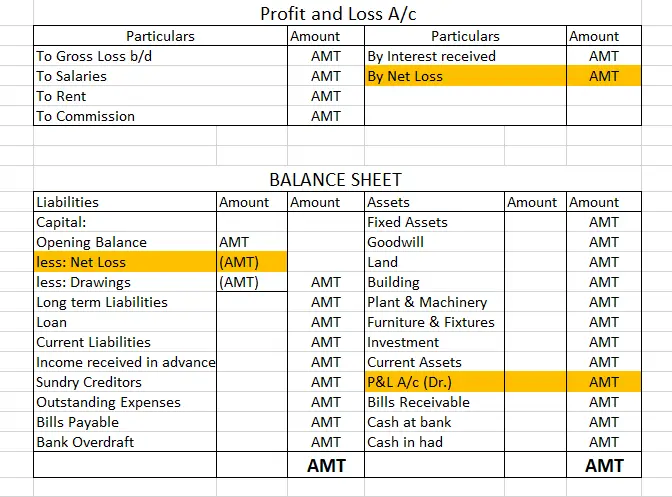
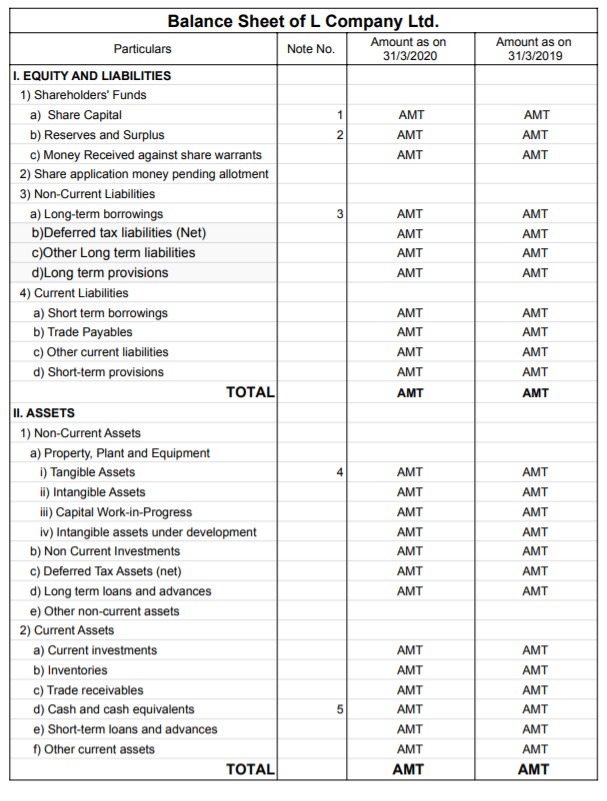

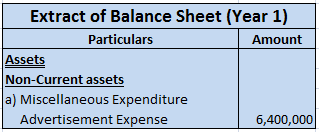






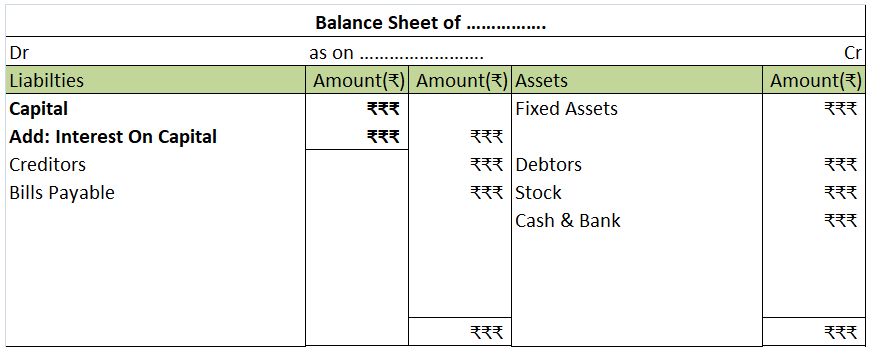

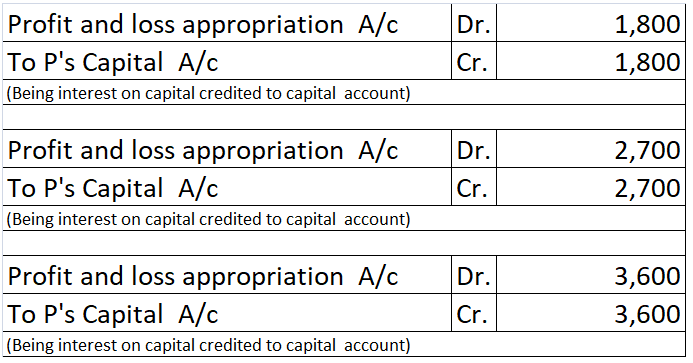


Order of Liquidity Under this method, a company organizes current and fixed assets in the balance sheet in the order of liquidity and the degree of ease by which it is converts converted into cash.On the asset side, we will write most liquid assets at first i.e. cash in hand, cash at bank and so onRead more
Order of Liquidity
Under this method, a company organizes current and fixed assets in the balance sheet in the order of liquidity and the degree of ease by which it is converts converted into cash.On the asset side, we will write most liquid assets at first i.e. cash in hand, cash at bank and so on and further. In the end, we will write goodwill.
Liabilities are presented based on the order of urgency of payment. On the liabilities side, we start from short-term liabilities for example outstanding expenses, creditors and bill payable, and so on. In the end, we write capital adjusted with net profit and drawings if any.
This approach is generally used by sole traders and partnerships firms. The following is the format of Balance sheet in order of liquidity:
Order of Permanence
Under this method, while preparing a balance sheet by a company assets are listed according to their permanency. Permanent assets are shown at first and then less permanent assets are shown afterward. On the assets side of the balance sheet starts with more fixed and permanent assets i.e. it begins with goodwill, building, machinery, furniture, then investments and ends with cash in hand as the last item.
The fixed or long-term liabilities are shown first under the order of permanence method, and the current liabilities are listed afterward. On the liabilities side, we start from capital, Reserve and surplus, Long term loans and end with outstanding expenses.
The following is the format of the Balance sheet in order of permanence:
Such order or arrangement of balance sheet items are refer as ‘Marshalling of Balance Sheet’.
See less